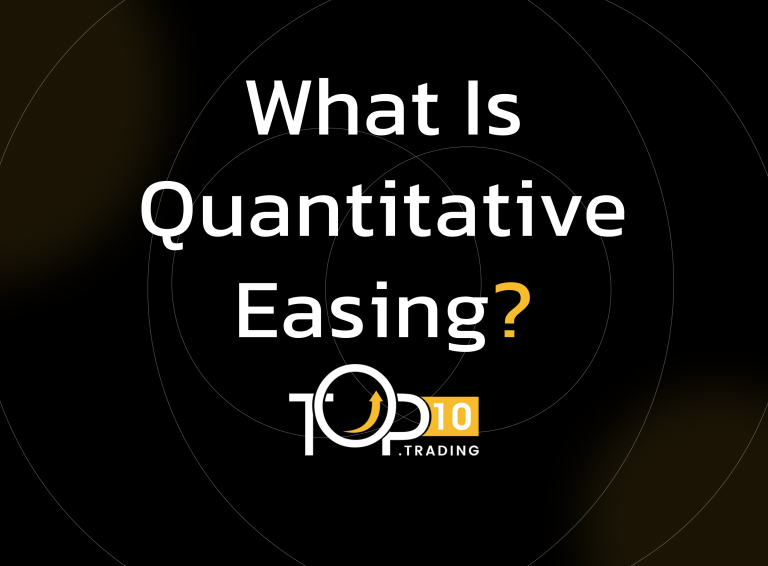Quantitative Easing Definition

Quantitative Easing (QE) is a non-traditional monetary policy tool used by central banks to stimulate the economy when interest rates are already near zero. It involves large-scale purchases of government bonds or other financial assets to inject liquidity into the financial system, lower long-term interest rates, and encourage borrowing and investment.
Key Takeaways
- Quantitative Easing is used to stimulate economic activity during periods of low growth or deflation.
- Central banks purchase financial assets to increase money supply and lower long-term interest rates.
- QE aims to boost lending, spending, and investment when traditional interest rate cuts are no longer effective.
- It can weaken the currency and raise asset prices, which benefits exporters and investors.
- QE is often controversial due to its long-term economic and inflationary effects.
How Quantitative Easing Works
When a central bank implements QE, it buys large quantities of assets—primarily government bonds—from banks and other financial institutions. This increases the reserves in the banking system, encouraging banks to lend more and lowering yields on long-term securities.
- By doing so, QE:
- Lowers long-term interest rates
- Increases asset prices (stocks, bonds, real estate)
- Reduces the cost of borrowing
- Stimulates consumer spending and business investment
The overall goal is to combat recessionary pressures, boost employment, and raise inflation toward target levels.
Examples of Quantitative Easing
- Federal Reserve (U.S.): Initiated multiple rounds of QE after the 2008 financial crisis, buying trillions in Treasuries and mortgage-backed securities.
- European Central Bank (ECB): Launched QE in 2015 to address low inflation and weak economic growth.
- Bank of Japan: Has been using QE since the early 2000s to fight deflation and stimulate the economy.
Benefits of Quantitative Easing
- Economic Stimulus: Supports growth during downturns or financial crises.
- Lower Borrowing Costs: Encourages consumer and business loans.
- Boosts Asset Prices: Helps restore investor confidence and wealth effects.
- Prevents Deflation: Pushes inflation closer to target levels.
Costs and Limitations
- Inflation Risk: May lead to excessive inflation if overused.
- Asset Bubbles: Cheap money can inflate financial markets artificially.
- Currency Depreciation: Can weaken the local currency, impacting imports.
- Diminishing Returns: Each round of QE may have less impact over time.
- Exit Strategy Issues: Unwinding QE (selling assets) can disrupt markets.
Who Uses Quantitative Easing?
Central banks, including the Federal Reserve, European Central Bank, Bank of England, and Bank of Japan, employ QE during periods of financial distress or economic stagnation. While it’s primarily a macroeconomic policy tool, traders and investors monitor QE announcements closely, as they can significantly impact market conditions, interest rates, and asset prices.
